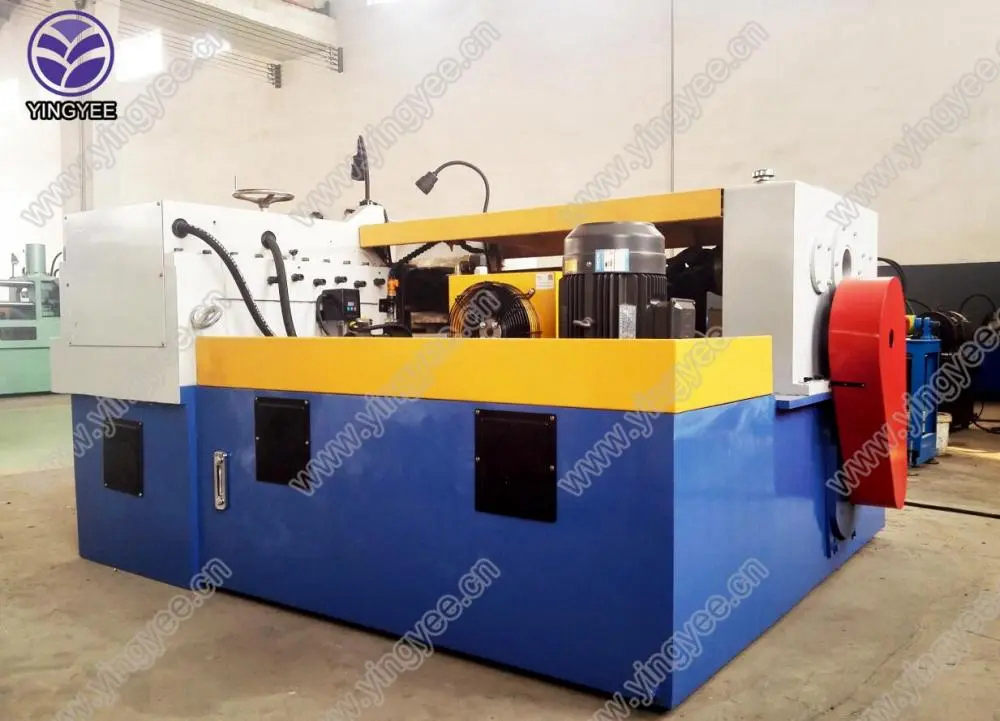Beam Straightening An Essential Process in Structural Engineering
Beam Straightening An Essential Process in Structural Engineering
Structural beams are designed to support loads and resist bending, but they are often subjected to stresses that can lead to warping or twisting. These deformations can originate during the fabrication process, particularly when materials are heated, cooled, or improperly handled. Transportation of beams can also introduce bending stresses if they are not adequately supported or secured. Additionally, installations that involve heavy equipment or uneven loading can contribute to misalignment. To mitigate these issues, beam straightening is employed to restore the structural elements to their intended shapes.

There are several methods for beam straightening, each with varying degrees of effectiveness and suitability depending on the severity of the deformation. The most common approach is mechanical straightening, where hydraulic jacks or clamps are utilized to apply forces to the beam, gradually adjusting its shape back to a straight profile. This method allows for precise adjustments and can effectively rectify minor to moderate distortions. Another technique is thermal straightening, which involves heating specific areas of the beam to induce expansion and then cooling them rapidly to create a controlled contraction effect. This method can be particularly useful for larger or more complex structures but requires careful monitoring to avoid introducing new stresses.
The importance of beam straightening cannot be overstated. A straightened beam allows for proper load distribution, reducing the likelihood of excessive deflection or failure under stress. Misaligned beams can lead to uneven load transfers, causing stress concentrations that might compromise the structural integrity over time. Furthermore, ensuring that beams are straight not only maximizes their strength and durability but also contributes to the overall aesthetic and functionality of the building or infrastructure. Structures that appear visually uneven can lead to concerns regarding safety and stability, which can impact public perception and trust in engineering practices.
In conclusion, beam straightening is an essential aspect of structural engineering that plays a critical role in ensuring the safety, performance, and longevity of various constructions. Through mechanical and thermal methods, engineers can correct deformations that arise during fabrication and installation processes. The ongoing assessment of beam alignment before, during, and after construction is vital in preventing structural failures and maintaining the aesthetic qualities of modern architecture. As the construction industry continues to evolve, advancements in beam straightening techniques will undoubtedly enhance the quality and reliability of infrastructure projects worldwide.